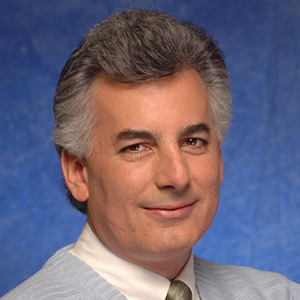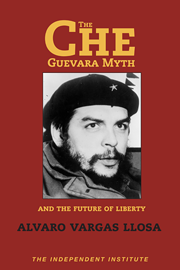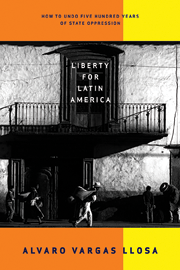Michael Casey’s article “In Argentina, Che Guevara Finally Gets More Than a Lousy T-Shirt—Rebel’s Birthplace Unveils a Statue of Him As It Reconsiders His Complex Legacy” (page one, June 14) on Che Guevara’s revival in Argentina on the 80th anniversary of his birth refers only tangentially to the revolutionary’s crimes and may leave the impression that they are a matter of political opinion rather than historical fact.
The article mentions that “during his time as a guerrilla, he. . . executed at least one suspected traitor.” He executed many more. For instance, Jaime Costa Vázquez, a former commander in Fidel Castro’s revolutionary army, says that shortly before the triumph of the revolution Guevara ordered the execution of more than 20 people in Santa Clara, where his column was active. This testimony is confirmed by Marcelo Fernándes-Zayas, another former revolutionary, who explains that the victims included peasants who had joined the rebels because they were out of work.
Those executions pale in comparison to what happened when Guevara was put in charge of the prison known as “La Cabaña” immediately after Fidel Castro’s victory. While it is true that he executed hundreds “from the Batista regime,” he also executed people not connected to the regime. Javier Arzuaga, the Basque chaplain who served at “La Cabaña” at the time, told me that among the 800 prisoners there were some journalists, businessmen and merchants.
Guevara sent many young Latin Americans to their deaths thinking they were martyrs for a secular religion. With the exception of Cuba, every revolution he set up was crushed, including guerrilla efforts in Nicaragua, the Dominican Republic, Panama, Haiti, and his homeland, Argentina, where Guevara’s followers brought about a military reaction that cost tens of thousands of lives. He also meddled in the Congo in 1965, where he allied himself with two butchers—Pierre Mulele and Laurent Kabila. Eventually, he had to flee the country. His fatal incursion in Bolivia failed to ignite a peasant revolution and caused the deaths of many companions, as well as his own.
Guevara’s other feats include setting up forced labor camps (Guanahacabibes, 1961). He helped turn Cuba into a Soviet puppet, and he ruined the island’s economy, first as head of the Central Bank, and then as minister of industry by diverting resources to industries that collapsed soon after they were created. He also reduced the sugar harvest (Cuba’s mainstay) by half, thereby creating the need for severe food rationing.
It is no surprise that the pro-government thugs who are using violence against some of the critics of President Cristina Fernandéz’s populist policies in Argentina these days hoist Che Guevara banners. Guevara styled himself a “killing machine,” a language those thugs understand well. The government they are supporting is on its way to ruining Argentina’s agriculture by taxing away 75% of the farmers’ earnings, controlling prices, limiting exports, and inflating the currency.












